Introduction
E-learning has rapidly become a cornerstone in the field of education and professional development. In 2024, its growth is not just evident but also quantifiable. Statistics reveal a dramatic surge in e-learning adoption, with the global e-learning market expected to reach $375 billion by 2026, according to a report by Global Market Insights. This growth is propelled by the increasing demand for accessible and flexible learning solutions across various sectors.
E-learning software has undergone a profound transformation over the years. From basic digital textbooks to interactive, AI-driven platforms, the progress is evident. This evolution aligns with technological advancements and a growing emphasis on personalized learning experiences. The current state of e-learning software represents a blend of innovation and practicality, aiming to deliver education that is both engaging and effective.
Key Components of E-Learning Software
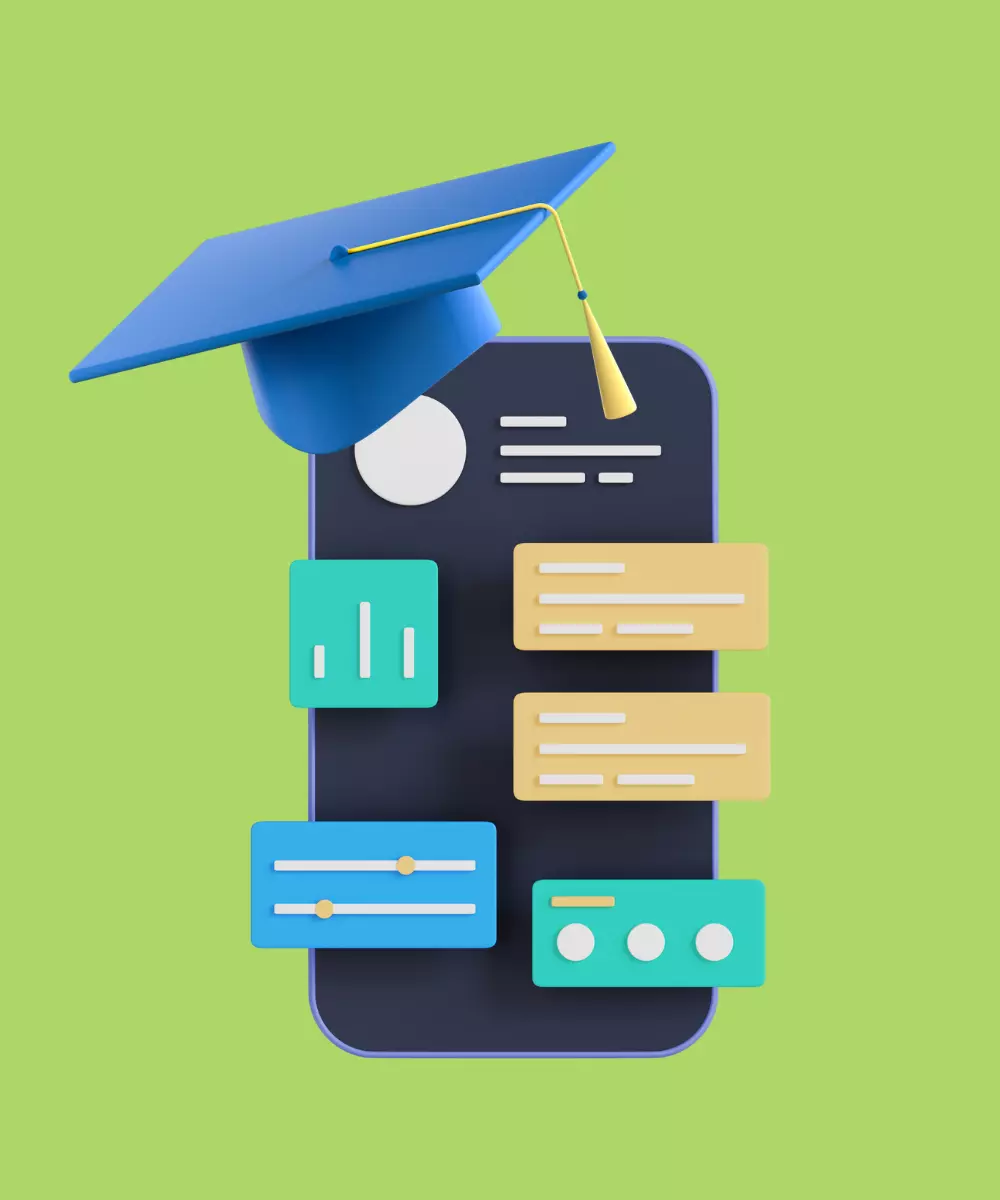
As we explore the essentials of e-learning software, it's important to understand that these components are the backbone of any effective digital learning platform. They are not just features; they represent the core functionalities that make e-learning accessible, engaging, and successful.
Essential features and functionalities
- Robust learning management system (LMS): a Learning Management System is the heart of any e-learning software. It allows for the creation, distribution, and tracking of online courses. An effective LMS should offer a range of functionalities like course enrollment, progress tracking, and integration with other tools. For instance, as of 2024, platforms like Moodle and Blackboard are leading the way with their comprehensive set of tools that cater to diverse learning and teaching needs.
- Interactive course content: the quality of course content is vital. Interactive and multimedia-rich content keeps learners engaged and improves retention. This includes videos, quizzes, simulations, and interactive assessments. According to a report by Research and Markets, incorporating interactive elements can increase student engagement by up to 50%.
- Adaptive learning technologies: adaptive learning technologies personalize the learning experience by analyzing a learner’s performance and tailoring the content to their individual needs. This approach has shown to improve learning outcomes significantly, with studies indicating that adaptive learning can increase student performance by as much as 25%.
- Analytics and reporting tools: analytics play a crucial role in e-learning. They provide insights into learner engagement, course effectiveness, and areas for improvement. Platforms equipped with advanced analytics can help educators and organizations make data-driven decisions to enhance their learning strategies.
User experience and interface considerations

- Intuitive design and navigation: the user interface of e-learning software should be intuitive and easy to navigate. A well-designed interface reduces the learning curve and improves user satisfaction. As per a survey by GoodFirms, 70% of users prefer e-learning platforms that offer a simple and intuitive user interface.
- Mobile compatibility and responsiveness: with the increasing use of smartphones for learning, mobile compatibility is non-negotiable. Responsive design ensures that e-learning software is accessible on various devices, providing a seamless learning experience. Statista reports that over 50% of global website traffic comes from mobile devices, highlighting the importance of mobile-friendly e-learning solutions.
- Accessibility features: e-learning software must be accessible to all users, including those with disabilities. Features like screen reader compatibility, text-to-speech, and adjustable text sizes are essential to make learning inclusive.
Technology Stack for E-Learning Development
Selecting the right technology stack is pivotal for the success of e-learning software. It influences not just the current capabilities of the platform but also its adaptability and scalability for future advancements. Here, we explore popular technologies and frameworks, including a focus on Flutter, for building robust e-learning solutions.
Front-end technologies

- Flutter: An increasingly popular choice for front-end development, especially for mobile applications. Flutter, developed by Google, allows for the creation of natively compiled applications for mobile, web, and desktop from a single codebase. Its hot reload feature, rich set of pre-designed widgets, and the ability to create custom, aesthetically pleasing UIs make it an excellent choice for e-learning platforms.
- HTML5 and CSS3: Crucial for structuring and styling content, especially for web-based e-learning platforms. They ensure that content is accessible and well-presented across different browsers and devices.
- JavaScript and frameworks: JavaScript, along with frameworks like React or Vue, is essential for creating dynamic and interactive user interfaces, enhancing the overall user experience.
Back-end technologies
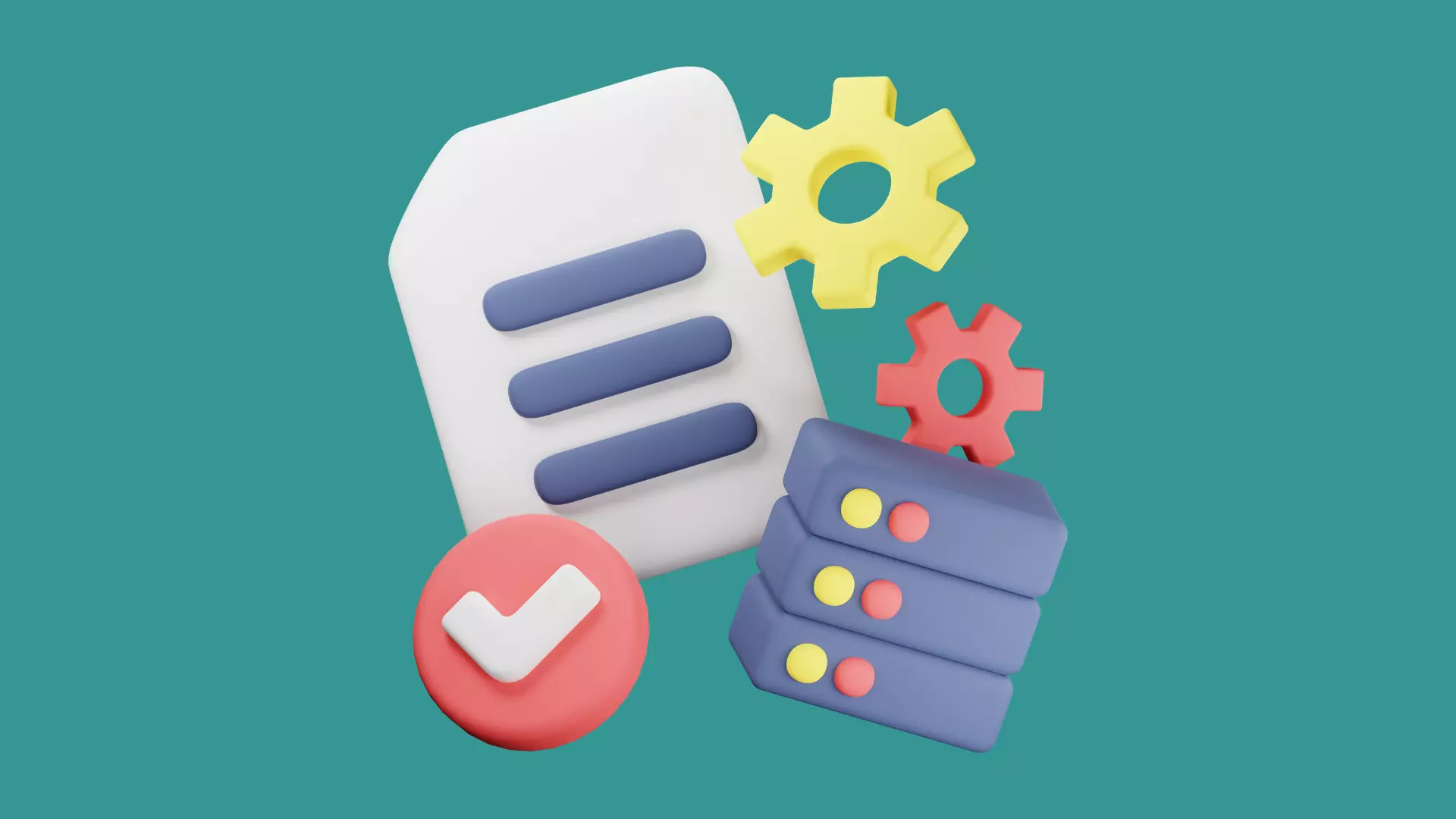
- Node.js and Python: Ideal for server-side development. Node.js is known for its efficiency and high performance, while Python is versatile, perfect for integrating machine learning and artificial intelligence features.
- Database management systems: SQL and NoSQL databases like PostgreSQL and MongoDB respectively, are standard for managing user data and content, offering robustness and scalability.
Cloud computing and storage
- AWS, Google Cloud, Azure: These services provide scalable cloud storage and computing capabilities, essential for handling large volumes of data and high user traffic efficiently and cost-effectively.
Criteria for selecting the right tech stack
- Scalability and performance: the technology stack should support growth in user numbers and content volume without sacrificing performance. Flutter, with its efficient rendering engine, is particularly suited for scalable, high-performance applications.
- Security: security is critical, especially when handling sensitive data. Technologies must comply with data protection regulations and offer robust security features. Flutter provides a secure environment for mobile app development, ensuring data protection.
- Cost-effectiveness: balancing upfront, maintenance, and operational costs is key. Flutter can be cost-effective due to its cross-platform capabilities, reducing the need for separate iOS and Android teams.
- User experience: the stack should enable the creation of intuitive, responsive, and accessible interfaces. Flutter excels in building visually appealing and smooth interfaces, which can significantly enhance user engagement.
- Integration capabilities: flexibility in integrating with various tools and systems, such as analytics tools or external databases, is important. Flutter’s extensive package library and ability to integrate with existing code make it a versatile choice.
- Future-proofing: choosing modern and well-maintained technologies ensures longevity. Flutter, backed by Google, is continually updated, making it a future-proof choice for e-learning app development.
Designing Engaging E-Learning Content
Creating content that captivates and educates is a cornerstone of successful e-learning software. In this era, where digital distractions are plentiful, the design of engaging e-learning content is not just a preference but a necessity. Let's delve into strategies for crafting content that resonates with learners and the importance of incorporating multimedia and interactive elements.
Strategies for creating interactive and engaging content
- Storytelling and scenario-based learning: incorporating storytelling and real-life scenarios can significantly boost engagement and retention. By presenting information within the context of a story or a relatable scenario, learners find the content more engaging and memorable. For example, a study by the University of Stanford found that information conveyed in a story was remembered up to 22 times more than just facts.
- Gamification elements: introducing game-like elements such as points, badges, and leaderboards can make learning fun and competitive. Gamification taps into the human elements of reward and recognition, thereby increasing motivation and engagement. According to a report by Markets and Markets, the gamification sector in education is projected to grow significantly, reaching a market value of $30 billion by 2025.
- Interactive assessments and feedback: interactive assessments, like quizzes and simulations, allow learners to apply their knowledge and receive immediate feedback. This instant feedback mechanism not only reinforces learning but also helps in identifying areas that need more focus.
- Personalization of learning paths: utilizing data analytics and AI to create personalized learning paths based on the learner’s progress, strengths, and weaknesses enhances the learning experience. Personalization ensures that the content is relevant to each learner, thereby improving engagement and outcomes.

Importance of multimedia and interactive elements
- Rich multimedia content: the use of multimedia, including videos, audio, animations, and infographics, caters to various learning styles and breaks the monotony of text-based learning. Research indicates that learners are likely to remember 65% of the material when paired with visual aids compared to 10% when the content is delivered orally.
- Interactive and responsive design: interactive elements like drag-and-drop activities, clickable tabs, and responsive design ensure active learner participation. This interactivity not only makes learning more enjoyable but also helps in better knowledge retention.
- Virtual and augmented reality (VR/AR): incorporating VR and AR technologies can create immersive learning experiences. These technologies allow learners to experience and interact with content in a simulated environment, making complex subjects easier to understand and more engaging.
- Accessible design: ensuring that e-learning content is accessible to all learners, including those with disabilities, is crucial. This includes providing subtitles for videos, alt text for images, and ensuring compatibility with screen readers.
Challenges in E-Learning Software Development
Developing e-learning software can be a complex process, fraught with various challenges. These issues range from technical considerations to user engagement and content quality. Rather than a simple challenge-solution dichotomy, a multifaceted approach is often required to effectively tackle these challenges.
User engagement and retention
Engaging users and ensuring they complete courses remains a significant hurdle. Strategies to enhance user involvement include:
- Implementing interactive and multimedia elements.
- Personalizing the learning experience based on user data.
- Offering rewards and incentives for course completion.
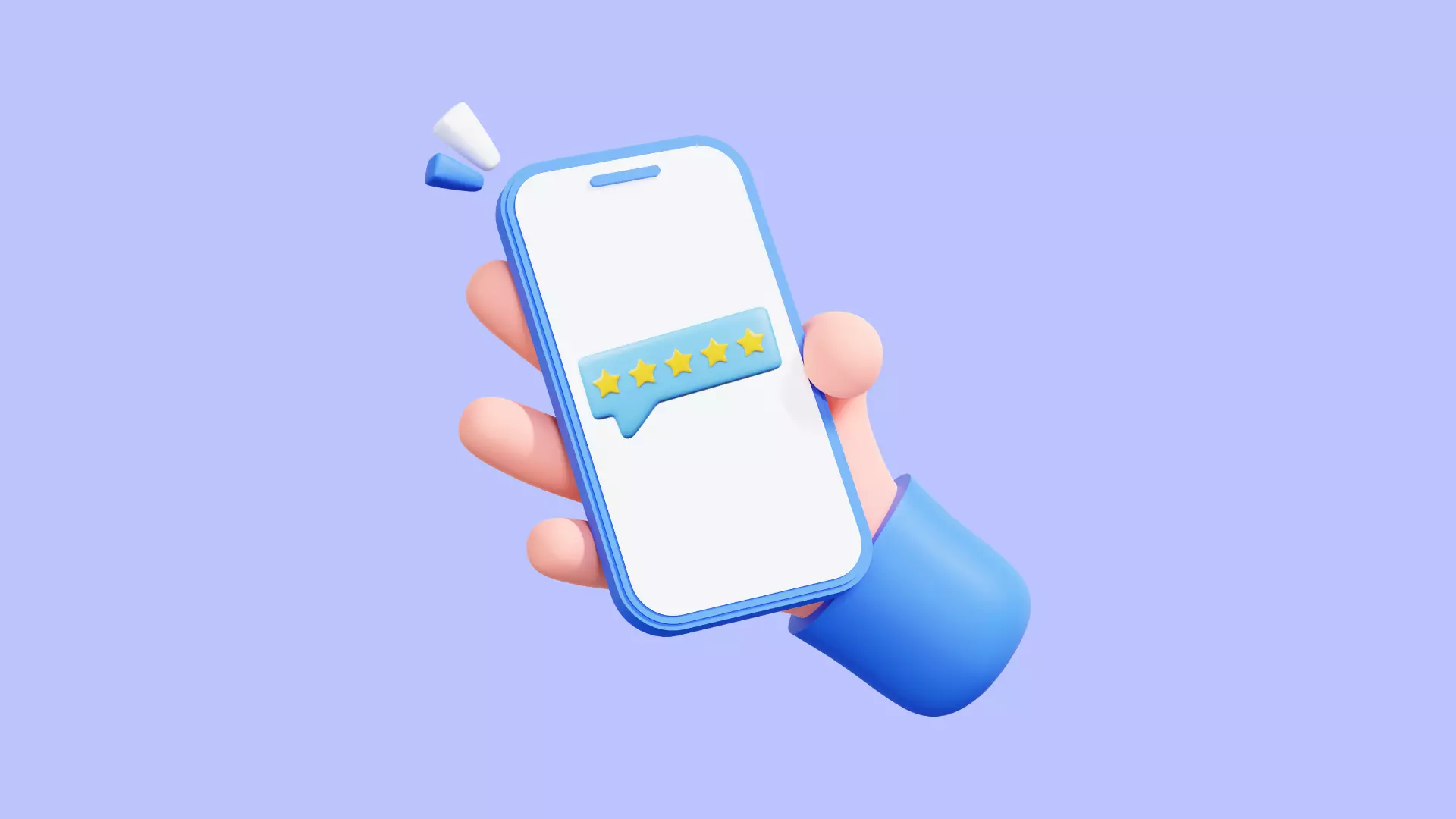
Technical scalability
As user numbers increase, maintaining platform performance is crucial. Key considerations include:
- Choosing a scalable architecture and robust hosting solutions.
- Regular updates and optimization to handle increased traffic and data.
Content quality and instructional design
Creating high-quality, pedagogically sound content is essential. This involves:
- Collaborating with subject matter experts for accurate and relevant content.
- Utilizing instructional design principles to make content more engaging and effective.
Accessibility and inclusiveness
Ensuring that e-learning platforms are accessible to all users is a priority. This includes:
- Adhering to accessibility standards and guidelines.
- Designing content that is easily navigable and understandable by diverse learner groups.
Data security and privacy
Protecting user data and privacy in an online learning environment is paramount. Measures include:
- Implementing robust security protocols.
- Regularly updating privacy policies and user agreements in line with current regulations.

Content relevance and updating
Keeping the course material relevant and up-to-date is a constant challenge. Strategies involve:
- Establishing a routine for reviewing and updating content.
- Integrating feedback from users to identify areas for improvement.
System integration
Efficient integration with other educational tools and systems is often necessary. This requires:
- Building flexible APIs for seamless integration.
- Ensuring compatibility with a range of educational tools and platforms.
Analytics and learner tracking
Effective monitoring of learner progress and course efficacy is key. This involves:
- Integrating advanced analytics tools for detailed tracking.
- Using data to inform content updates and teaching strategies.
Success Stories of E-Learning Software Development
In this section, we explore several real-world case studies and success stories that highlight the impact and growth of e-learning software development. These examples showcase how innovative solutions and strategic implementations have led to significant advancements in the field of digital learning.
Case study 1: Duolingo - revolutionizing language learning

Background: Duolingo, a popular language-learning platform, has transformed the way people learn languages globally. It stands as a prime example of how gamification can make learning both effective and engaging.
Success factors:
- Gamification: Duolingo successfully incorporated game-like elements, such as points, levels, and rewards, to motivate learners.
- Personalized learning paths: The platform uses AI algorithms to adapt lessons based on individual progress and learning style.
- User-friendly interface: Its simple, intuitive design makes language learning accessible to a broad audience.
Impact: With over 300 million users worldwide, Duolingo has not only made language learning more accessible but also fun and engaging, leading to higher retention rates and consistent user growth.
Case study 2: Coursera - bridging the gap in higher education

Background: Coursera collaborates with universities and organizations to offer online courses, specializations, and degrees in various subjects.
Success factors:
- Wide range of courses: Offers a diverse range of high-quality courses from renowned institutions.
- Flexible learning options: Provides self-paced learning, catering to the needs of a diverse learner base.
- Collaborations with universities: Partnerships with top universities have helped in offering certified courses and degrees.
Impact: Coursera has brought higher education to the fingertips of millions worldwide, making it a key player in the online education sector.
Case study 3: Khan Academy - democratizing education

Background: Khan Academy started as a simple tutoring project and evolved into a platform offering free educational resources worldwide.
Success factors:
- Free access to quality education: Provides free access to high-quality educational content, making education accessible to all.
- Comprehensive content: Covers a wide range of subjects from basic to advanced levels.
- Interactive tools: Offers practice exercises and a personalized dashboard to track learning progress.
Impact: Khan Academy has been a pioneer in providing free, quality education, impacting millions of learners, especially in underprivileged regions.
Case study 4: Codecademy - interactive platform for learning code
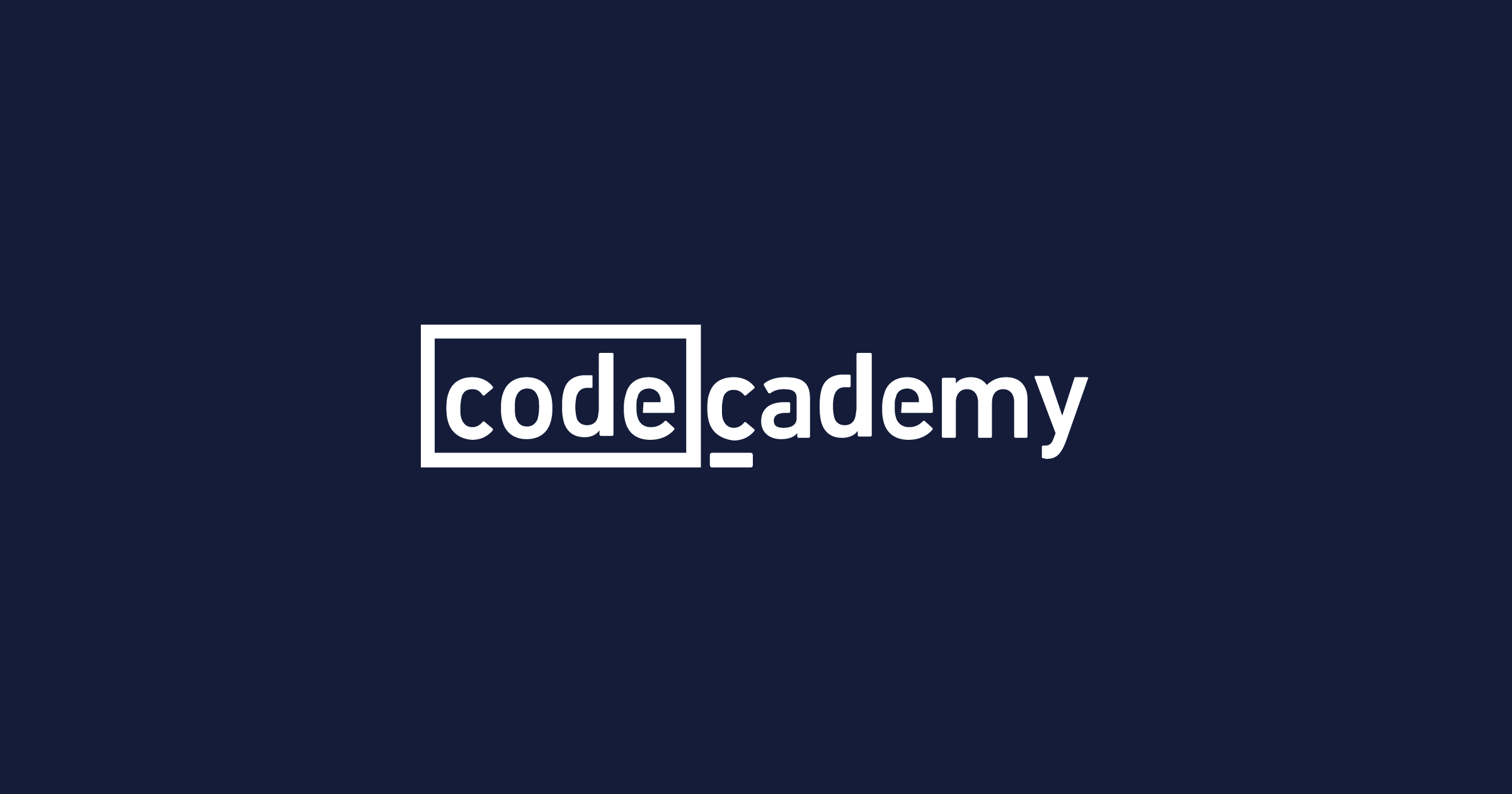
Background: Codecademy offers an interactive platform to learn coding and software programming, catering to beginners and experienced programmers alike.
Success factors:
- Hands-on learning: Focuses on practical, hands-on coding exercises, which enhances the learning experience.
- Career-oriented tracks: Offers career paths and skill tracks that align with industry needs.
- Community support: A strong community for peer support and motivation.
Impact: Codecademy has empowered numerous individuals to develop coding skills, aiding them in career advancements and personal growth.
Future Trends in E-Learning Technology
As we look towards the future, e-learning technology is poised to undergo transformative changes. These advancements promise to make learning more personalized, immersive, and accessible, significantly impacting how education is delivered and experienced. Let’s explore the emerging trends that are likely to shape the future of e-learning.
Personalized learning experiences
- Adaptive learning algorithms: Advanced algorithms will enable e-learning platforms to adapt in real-time to individual learner’s needs, providing customized content and learning paths.
- AI-driven recommendations: Artificial Intelligence will play a significant role in recommending courses and materials based on individual learning styles, performance, and preferences.
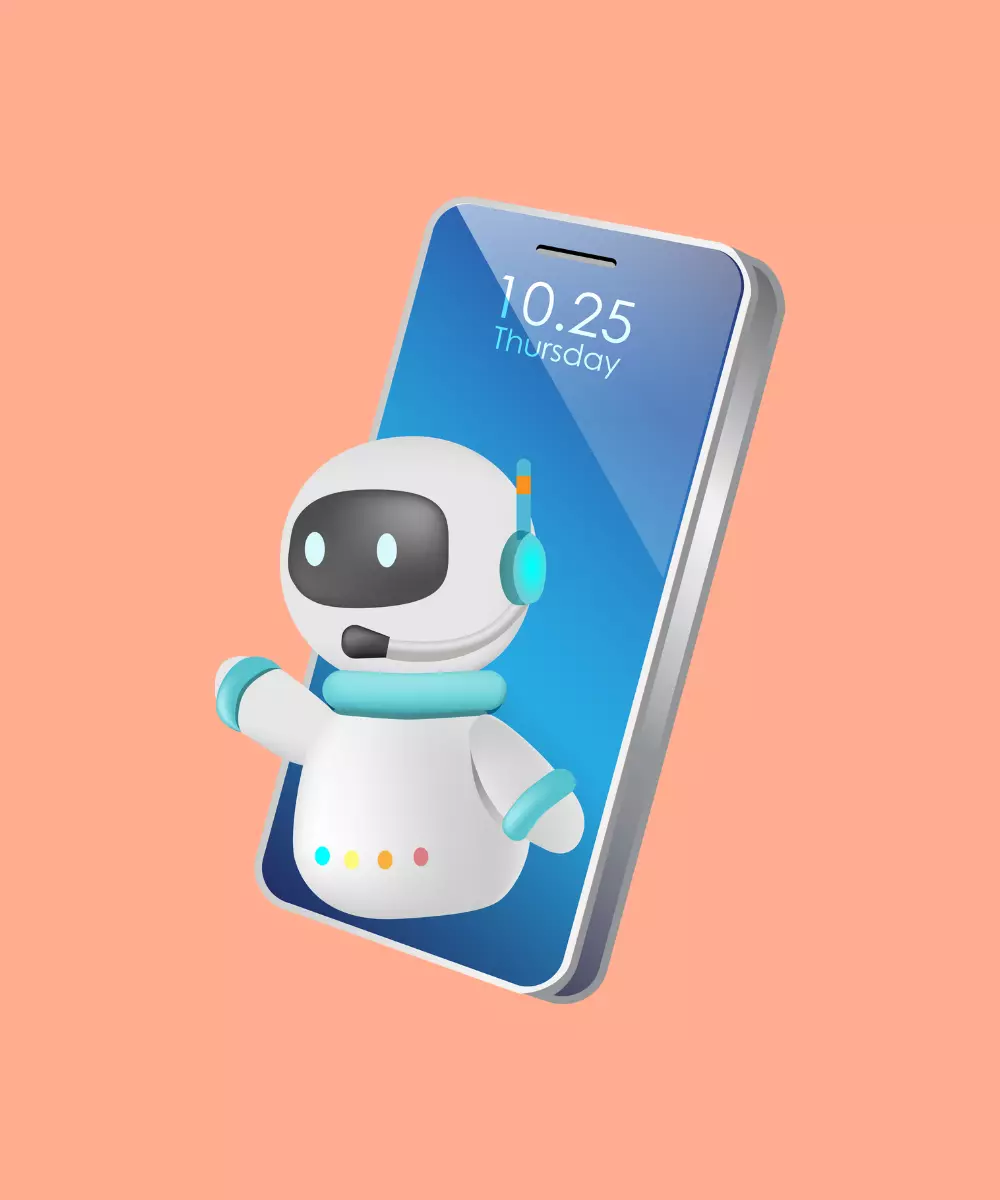
Immersive learning environments
- VR and AR: These technologies will create immersive and interactive learning experiences, allowing learners to explore complex concepts in a virtual setting.
- Extended reality (XR): The integration of VR, AR, and Mixed Reality (MR) will offer new ways for learners to engage with educational content, providing hands-on experience in a safe, controlled environment.
Interactive and collaborative tools
- Real-time collaboration platforms: Enhanced collaboration tools will enable learners to work together in real time, irrespective of their geographic location.
- Interactive whiteboards and screens: These technologies will become more prevalent, allowing for more dynamic and engaging group learning experiences.
Blockchain in education
- Secure record keeping: Blockchain technology could revolutionize how educational achievements are recorded and shared, ensuring secure, immutable records.
- Decentralized education platforms: This could lead to more open-source learning platforms, where content is created, shared, and verified by a global community.

Advanced data analytics
- Predictive analytics: Utilizing data analytics to predict learner outcomes and provide early interventions for at-risk students.
- Learning analytics: Advanced analytics will provide deeper insights into learning patterns, helping educators tailor their teaching methods more effectively.
Accessibility and inclusivity
- AI-assisted accessibility tools: Enhanced tools for learners with disabilities, such as improved text-to-speech, real-time captioning, and language translation services.
- Universal design for learning (UDL): A growing focus on UDL principles to create learning experiences accessible to all learners, regardless of their abilities or backgrounds.
Internet of Things (IoT) in learning
- Smart educational environments: IoT devices will create smart learning environments that adapt to learner needs, such as adjusting lighting and temperature or tracking attendance automatically.
- Wearable technology: Wearables can provide real-time feedback on learner engagement and understanding, further personalizing the learning experience.

5G and enhanced connectivity
- Faster, more reliable internet access: The rollout of 5G technology will enable smoother, more efficient online learning experiences, particularly for high-bandwidth activities like streaming educational videos or VR learning experiences.
Conclusion
In this guide, we've traversed the expansive landscape of e-learning software development, highlighting its essential components, technological advancements, and future trends. The journey through real-world success stories underlines the transformative power of well-executed e-learning solutions.
For those poised to embark on or enhance their e-learning ventures, the insights shared here are invaluable. The pivotal role of technology selection, engaging content, and staying abreast of emerging trends cannot be overstated in crafting impactful learning experiences.
At What the Flutter, our expertise in Flutter app development positions us as your ideal partner in this endeavor. We specialize in creating scalable, engaging e-learning platforms tailored to your unique needs.
If you're ready to explore the potential of e-learning solutions or seeking expert advice, we're here to help. Contact us to transform your educational initiatives with cutting-edge digital solutions.
















